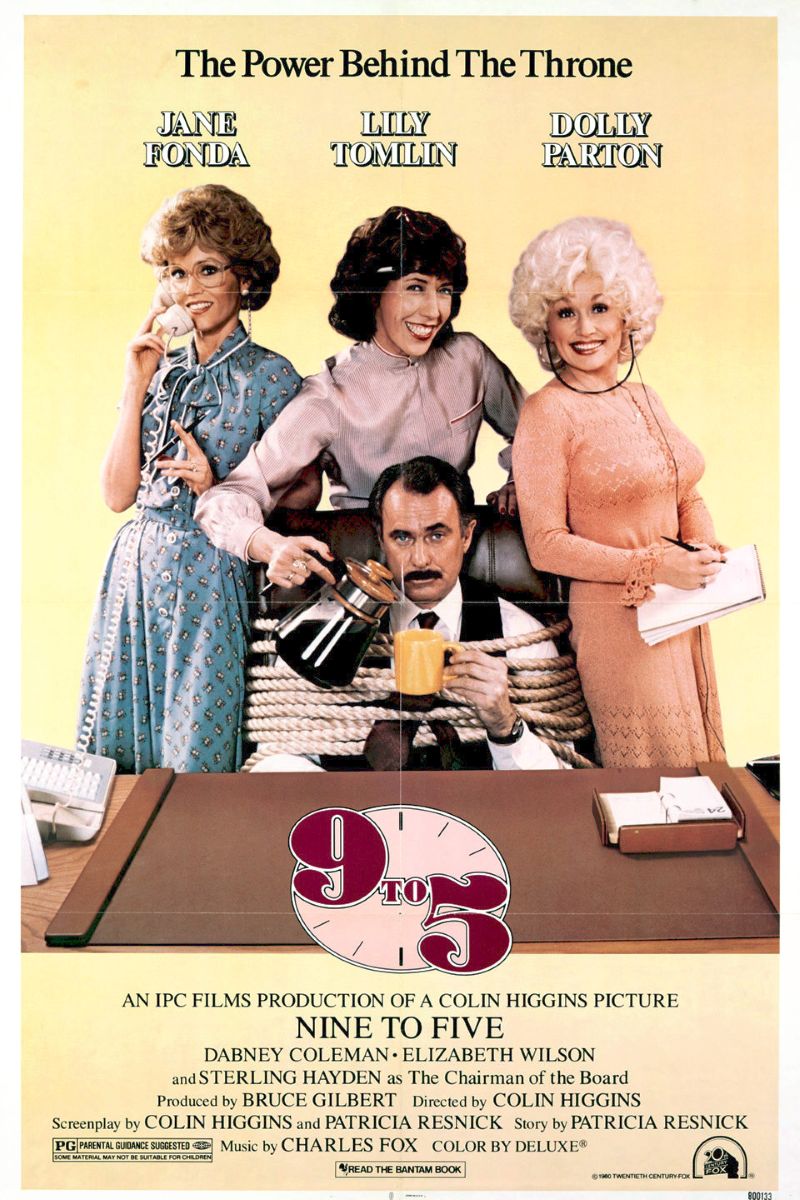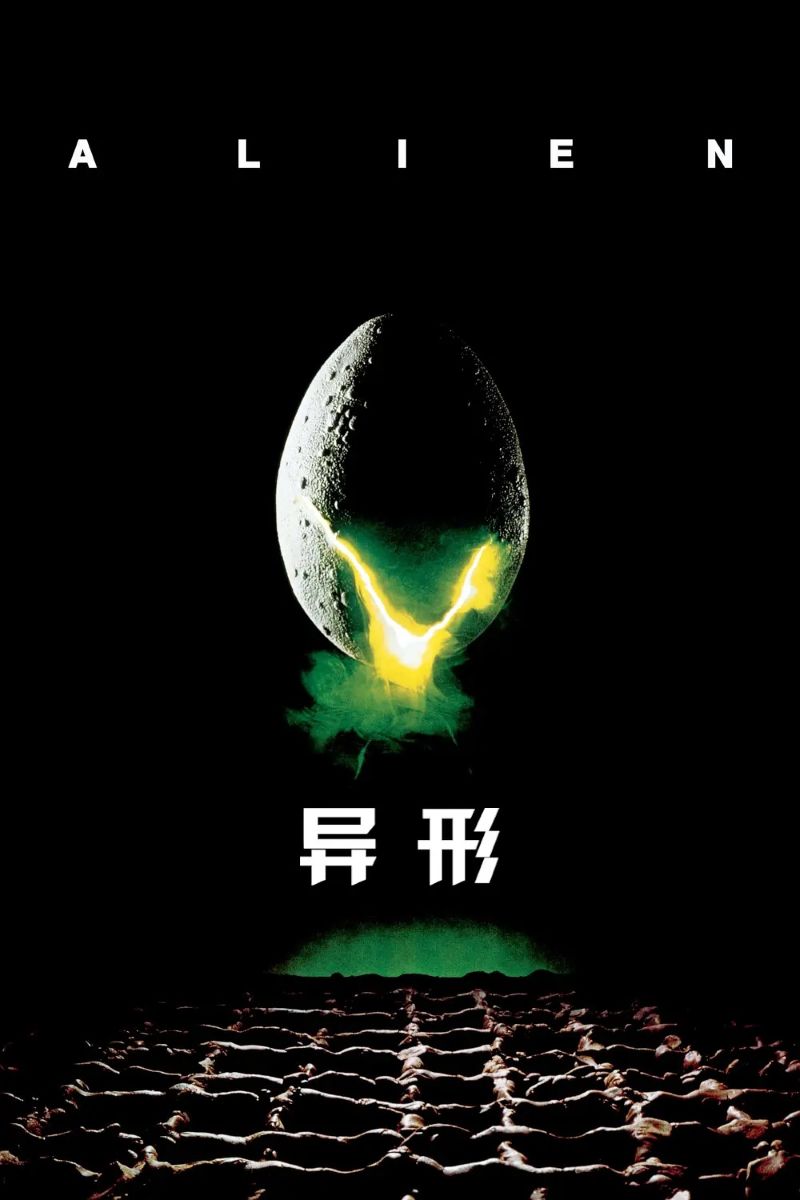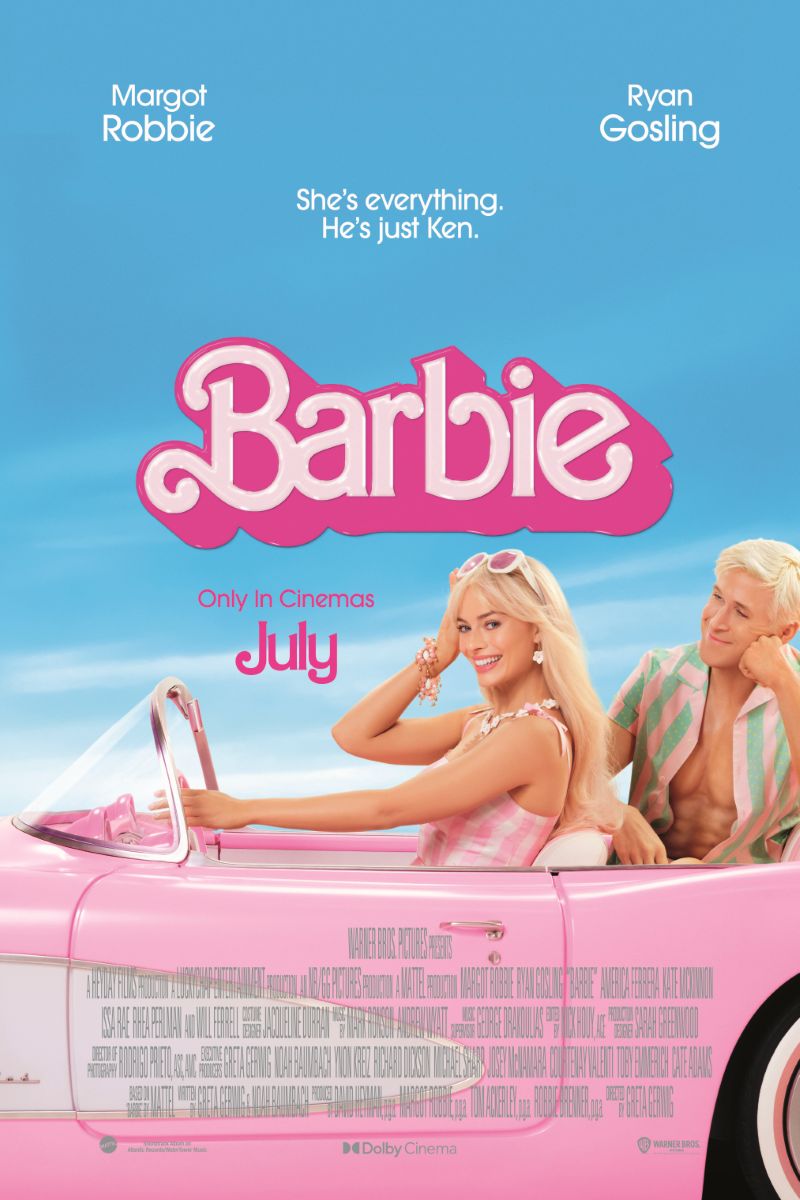
9 to 5
9 to 5
A classic workplace revenge comedy featuring three female employees who unite against their sexist boss, starring Jane Fonda, Lily Tomlin, and Dolly Parton. This groundbreaking film profoundly reveals gender discrimination, sexual harassment, and pay inequality issues in the 1980s workplace.
主演
🎥 影评与解读
“9 to 5” stands as one of the most influential feminist films of the 1980s, using comedy to tackle the serious issue of workplace gender discrimination. Initiated and starring Jane Fonda, this film not only achieved commercial success (grossing over $103 million worldwide) but more importantly gave voice to working women, becoming an enlightening work for an entire generation.
Realistic Workplace Depiction
The film’s creative inspiration came from Jane Fonda’s understanding of her friend Karen Nussbaum’s work during the anti-war movement period. Nussbaum founded the “9to5” organization specifically to advocate for workplace women’s rights. This real-world foundation gives the film’s workplace scenes strong authenticity and contemporary relevance.
Through three female characters from different backgrounds, the movie comprehensively displays the predicament faced by American working women in the 1980s: Judy Bernly (Jane Fonda) is a divorced woman forced to work after being abandoned by her husband, embodying the fragility of women’s economic independence; Violet Newstead (Lily Tomlin) is a seasoned employee with twelve years of experience who can’t get the position she deserves, representing the workplace glass ceiling; Doralee Rhodes (Dolly Parton) is a beautiful secretary who suffers sexual harassment but is misunderstood by others, revealing the complex difficulties women face in the workplace.
Subversion of Power Structure
The character of Frank Hart represents a classic villain. Dabney Coleman masterfully portrays this “sexist, megalomaniacal, hypocritical, lying bigot.” Hart represents not just individual evil but symbolizes the entire patriarchal workplace system. His behavior patterns—stealing subordinates’ ideas, sexually harassing female employees, blocking women’s promotions—accurately reflect countless workplaces of the 1980s (and even today).
The film’s climax, where the three women temporarily subvert the power structure by kidnapping Hart and transforming the office environment, is revolutionary. They introduce flexible work schedules, childcare facilities, equal promotion opportunities, and other reforms that not only improve work efficiency but more importantly create a more humane and equitable work environment. While this “utopian” experiment carries fantastical elements, it demonstrates the possibilities and value of feminist reform.
The Political Choice of Comedy Form
Jane Fonda once admitted that this project was initially conceived as a serious drama, but “no matter how it was filmed, it seemed too preachy, too feminist,” so they chose the comedy format. This decision was extremely important because comedy packaging allowed feminist issues to reach a broader audience, avoiding the stiffness of theoretical preaching.
The fantasy revenge sequences in the film—poisoning, shooting, lassoing the boss—both satisfy audience entertainment needs and provide a safe channel for emotional catharsis. These fantasy scenes employ different visual styles (cartoon, western, hunter novel), not only enhancing comedic effect but also metaphorically representing the diversified possibilities of female resistance.
The Power of Music and Popular Culture
The theme song “9 to 5” created by Dolly Parton for the film became a timeless classic, vividly depicting the daily frustrations of working women: “Working 9 to 5, what a way to make a living / Barely getting by, it’s all taking and no giving.” This song not only received an Oscar nomination but became the unofficial anthem for working women.
Parton’s crossover performance as a country music superstar added unique cultural value to the film. Her character Doralee both challenges the “blonde bombshell” stereotype and showcases the wisdom and resilience of Southern women.
Historical Context and Contemporary Significance
1980 was a crucial period for establishing the legal framework for workplace sexual harassment in America. The same year, the U.S. Equal Employment Opportunity Commission issued guidelines clearly stating that sexual harassment violates Title VII of the Civil Rights Act. The release of “9 to 5” was perfectly timed, providing powerful cultural support for this legal change.
The film’s focus on equal pay issues was also remarkably prescient. Violet’s inability to receive the position and salary she deserves due to gender foreshadowed workplace gender inequality problems that persist today. According to statistics, American women still only earn 80% of men’s wages, indicating that the issues raised by the film remain relevant.
Media Adaptations and Cultural Impact
The film’s success spawned a television series that aired from 1982-1988 and a Broadway musical that premiered in 2009. The continued success of these adaptations proves the lasting appeal and social value of the original work.
In recent years, with the rise of the #MeToo movement, “9 to 5” has received renewed attention. The 2022 documentary “Still Working 9 to 5” reexamined this film’s legacy, finding that despite progress over the past forty years, workplace gender inequality remains serious. As Jane Fonda said: “We’re still having the same conversations about equal pay.”
The Power of Female Friendship
Beyond workplace issues, the film profoundly showcases the power of female friendship. The three protagonists evolve from strangers to forming an alliance, their friendship transcending differences in class, culture, and personal experience. This sisterhood is not only personal-level support but the foundation for collective action.
The film avoids the trap of depicting women as victims, instead showcasing their wisdom, courage, and creativity. They achieve liberation not through male saviors but through their own actions to change the status quo. This empowerment narrative model has had a profound impact on subsequent feminist films.
Contemporary Insights
Although “9 to 5” was made over forty years ago, the issues it raises remain relevant today. Today’s workplace, while legally more protective of women’s rights, still faces problems of implicit discrimination, glass ceilings, and work-life balance.
The solutions proposed in the film—flexible work schedules, workplace childcare services, equal promotion opportunities—have received renewed attention in post-pandemic workplace reforms. This proves the foresight and wisdom of this comedy.
Ultimately, the value of “9 to 5” lies not only in its revelation of workplace problems but in the optimistic spirit it displays. Even in the most difficult environments, change remains possible through unity and wisdom. This belief continues to inspire countless working women in their fight for equality.
🏆 获奖与荣誉
- • Golden Globe Best Actress Nomination (Jane Fonda)
- • Academy Award Best Original Song Nomination
- • American Music Award Best Soundtrack
⭐ 评分与链接
相关推荐
讨论区
分享您的想法和观点
加入讨论
分享您的想法和观点
加载评论中...

